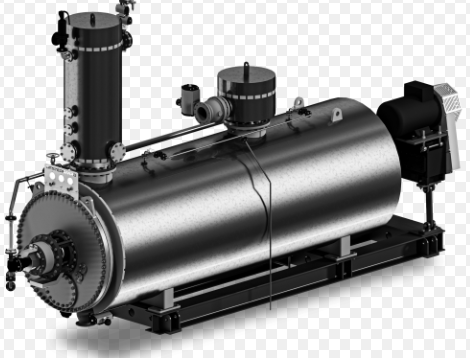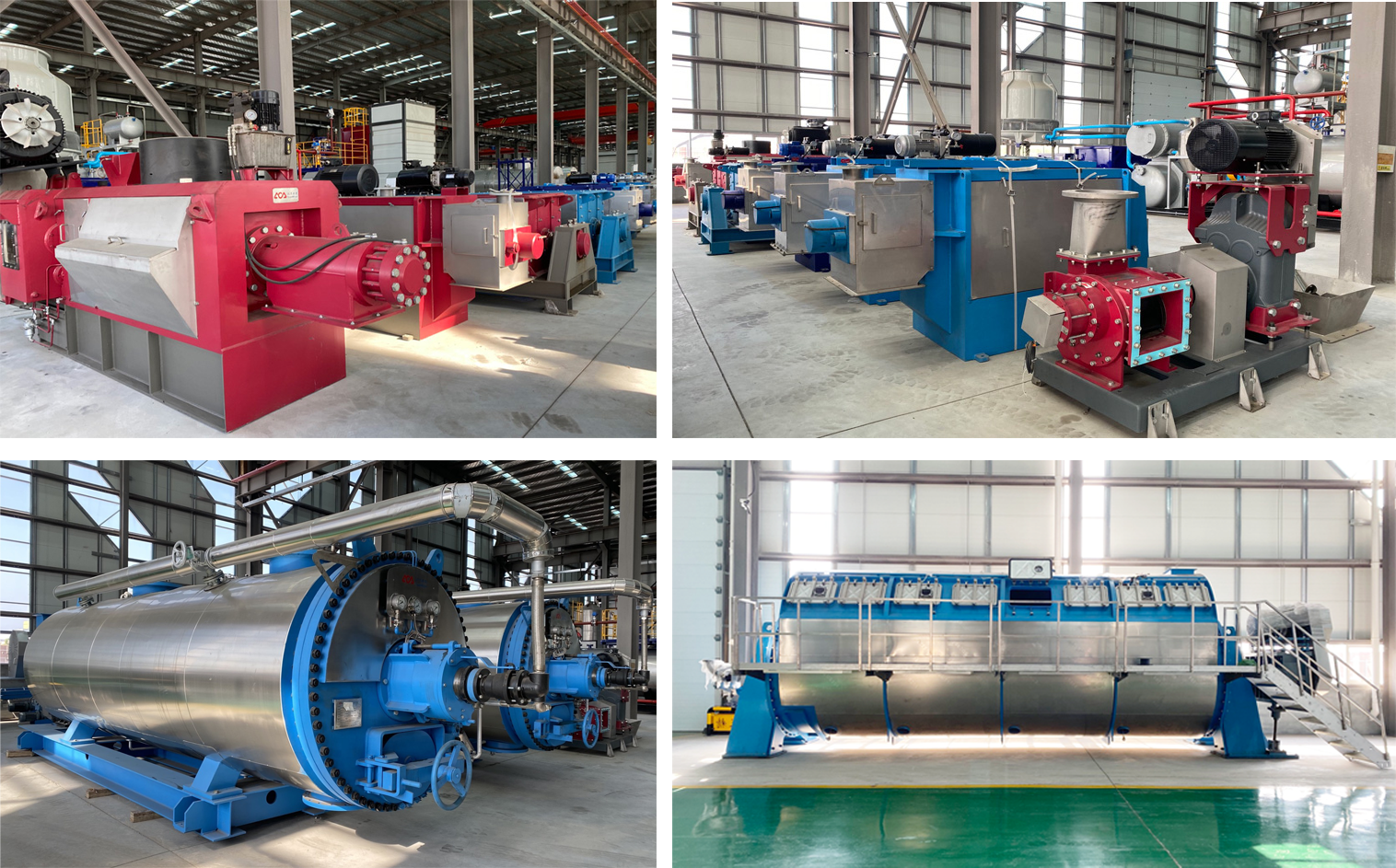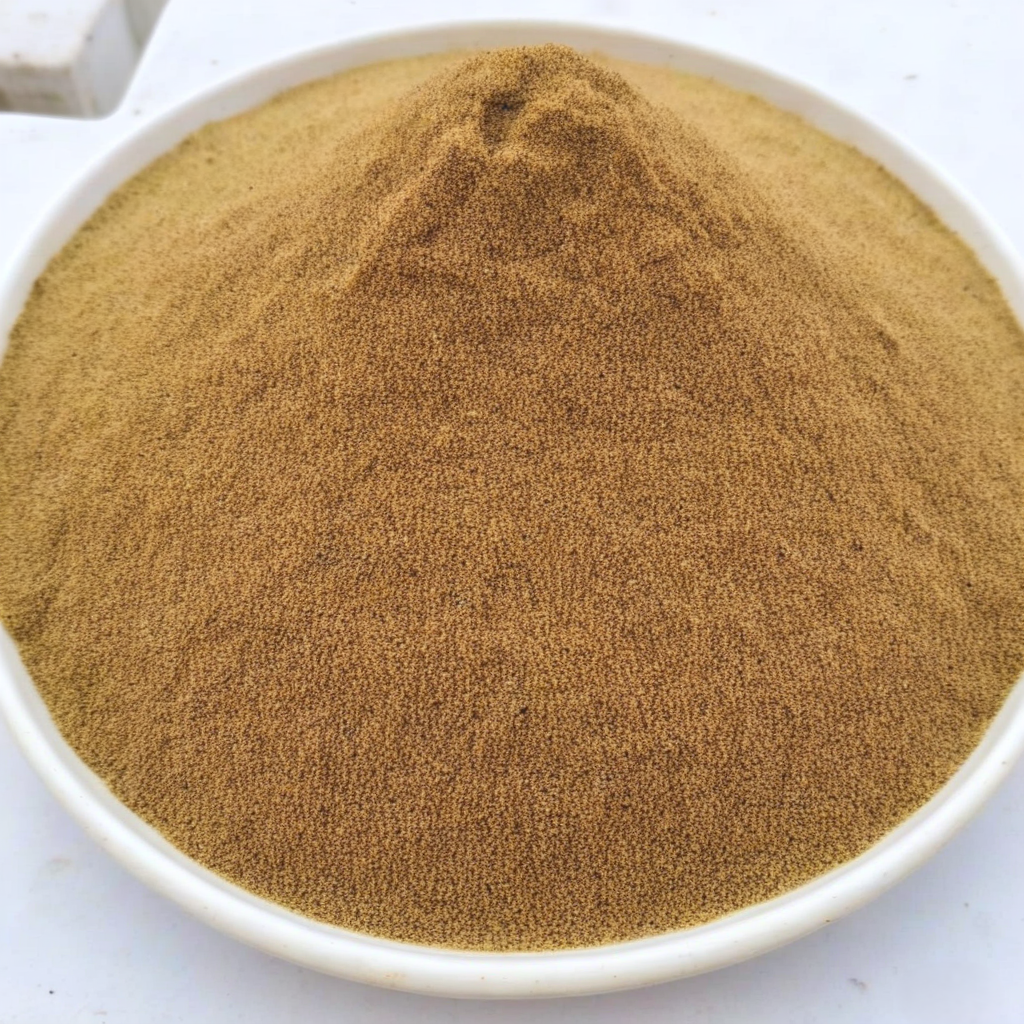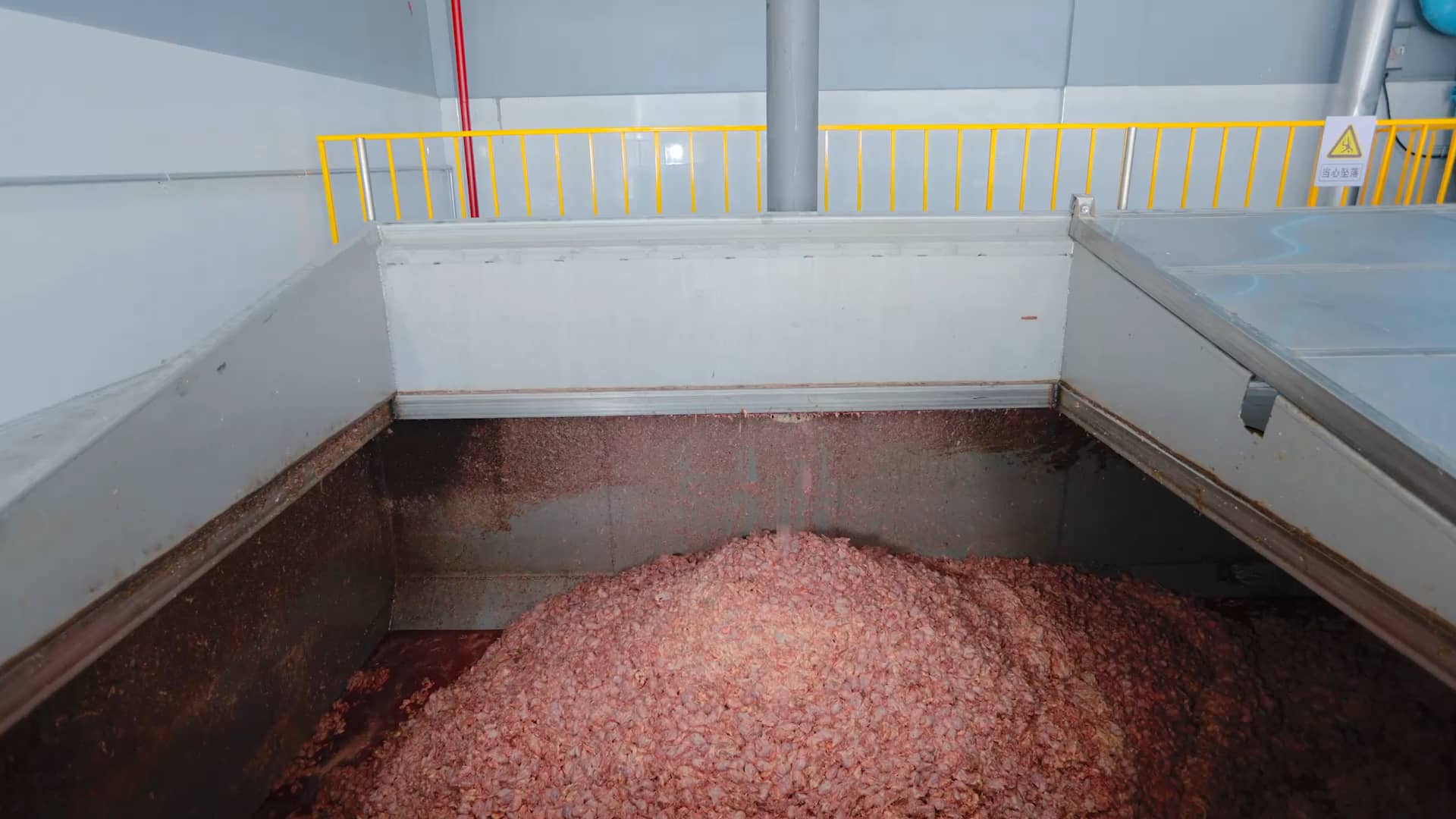
The Fascinating rendering plant process
The Fascinating rendering plant process
What occurs in the rendering plant process?
You must first understand how a rendering plant operates if you want to understand what it performs. An establishment known as a rendering plant converts animal waste into edible items, including tallow, lard, meat, and bone meal. In rendering, fat or oil is melted to extract it from solids like meat or chicken bones. Following the rendering plant process, the fat is removed from the solids and utilized in various ways.
- Crumpling:
Crushing the carcasses and fat is the first stage in the procedure used by independent renderers. This facilitates the removal of the fat using presses and centrifuges. The frozen board raw materials are unpacked and then moved via the scraper conveyor to the crusher, where they are ground into homogeneous granules. To enhance the raw materials’ surface area, accelerate cooking, and maximize oil yield.
- Pre-Melting:
Here, the raw material is boiled in a large vat for several hours to drain the water. After cooling, the cooked material is sent to centrifuges or storage tanks for further processing. When the raw materials are crushed, they are heated to high temperatures in the preheating pot. The heat transfer oil has heated, agitated, and defrosted the material. It eventually achieves a mixed solid-liquid condition that can be transported under vacuum and is advantageous for upcoming oil refining.

- Making food:
Combine the preheated raw materials in a solid-liquid condition in the cooking pot for heating and cooking. Then, activate the vacuum jet pump to make the pot appear under negative pressure. Animal by-products can be sterilized, hydrolyzed, and dried using certain rendering equipment, such as the Jiangsu Sunrise batch cooker. Both an automated cleaning device and a stirring gadget are included. The raw material won’t burn since the heat is distributed uniformly, and the substance doesn’t adhere to the pot.
- Drying out and deodorizing:
Dehydration and deodorization, which are two distinct processes, come next. The water vapour and odour molecules produced during the raw material refining process are swiftly separated from the oil when the system is in the vacuum state and flow into the water spray deodorization tower with the pipeline’s flow. The first is heating the rendered material to around 180 degrees Fahrenheit and letting it cool naturally to remove roughly 30% of the water content from it. Using this method, the material loses roughly 20% of its weight and becomes 20% simpler to handle and store. The second phase is deodorization, such as SunRise Chemical Scrubber, which makes complete contact between the therapeutic liquid and the odorous gas using high-pressure spray apparatus.
- Filtration of Oil Residue:
Following the rendering plant process, the oil residue is still present. It is filtered through several filters to eliminate any leftover oil or fat from the meat by-products. The filtered oil waste is then delivered to a plant that produces biofuels so that it may be turned into biodiesel. The created biodiesel can be utilized as an alternative to diesel fuel for automobiles and other equipment needing a diesel engine.
- Removal of Waste:
Removing trash is the last stage in the rendering process for animal products. It is crucial to follow proper waste disposal procedures to prevent the discharge of dangerous substances into the environment. Avoiding the discharge of dangerous compounds into the environment is the main objective. The waste products from rendering facilities must be stored safely until they can be disposed of properly; hence they must be fitted with a waste management system.
Acquires and processes animal byproducts:
Animal byproducts are gathered and converted into useful items at a rendering facility, similar to North American renders. Animal waste, cooking oil, rubber products, and edible byproducts like restaurant fat trimmings are just a few examples of animal byproducts. The rendering plant’s objective is to transform these animal byproducts into something that can be a component of other goods.
- Animal waste is gathered and processed to create a range of goods at rendering plants, including fat, meat, and bone meal for cats and dogs. Animal fat that has been rendered is known as tallow, and it may be used in factories to make lubricants, candles, and soap.
- Animal bones that have been crushed and varied amounts of leftover flesh are mixed to create a meat meal. The result is a component of fertilizer, livestock feed, and pet food. After removing the fat found in meat and bone meal, all the protein is still present in rendered animal tissue. The remaining components support growth and food balance in animals.
The many rendering plant types:
There are several types of rendering plants, each with distinctive qualities. Some of the several kinds of independent renderers in use today include the following:
- A factory that renders boilers:
Boilers, steam generators or heat exchangers, and other auxiliary devices make up most of the boiler system, including feed pumps, blowers, and air coolers. According to the kind of heating source, the boiler system may be split into two categories: liquid-fuel boilers and coal-fired boilers. Small-scale businesses frequently utilize coal-fired boilers because they are affordable and simple. Large-scale businesses choose oil-fired boilers because of their greater thermal efficiency and heating capacity.
- Plant for mechanical rendering:
The most typical kind of rendering facility is this one. It produces high-quality protein meals and raw fat from bones, animal fat, and leftover meat. A sizable steam cooker, a continuous screw conveyor, a vacuum filter, and crusher types comprise the bulk of the machinery in mechanical rendering factories.
- A dry rendering facility:
In this kind of dry rendering facility, bones are crushed and then reduced into small bits by abrasion using mechanical equipment, including grates, conveyors, and shredders, hammer mills, etc.
Conclusion:
You should know better understand what a rendering plant process is and the advantages these facilities provide. Animal byproducts that are not wanted must be converted into useful industrial and commercial items. High-protein animal feed, renewable fuels and lipids are also produced through this method. They consume leftover animal products, dehydrate them to extract the nutrients, and then utilize them as feed components. SunRise team comprises young individuals with aspirations, inventions, and values.



